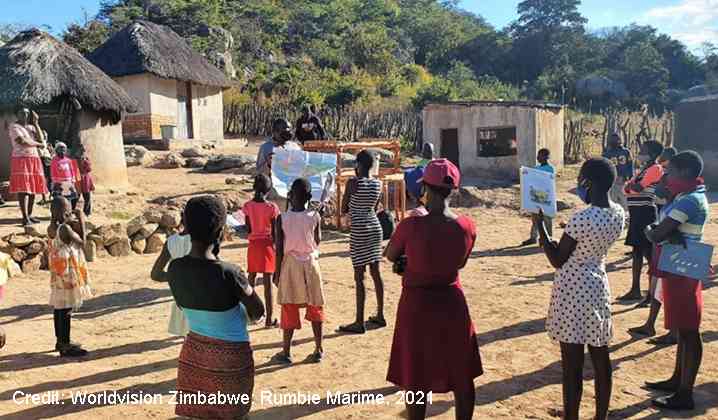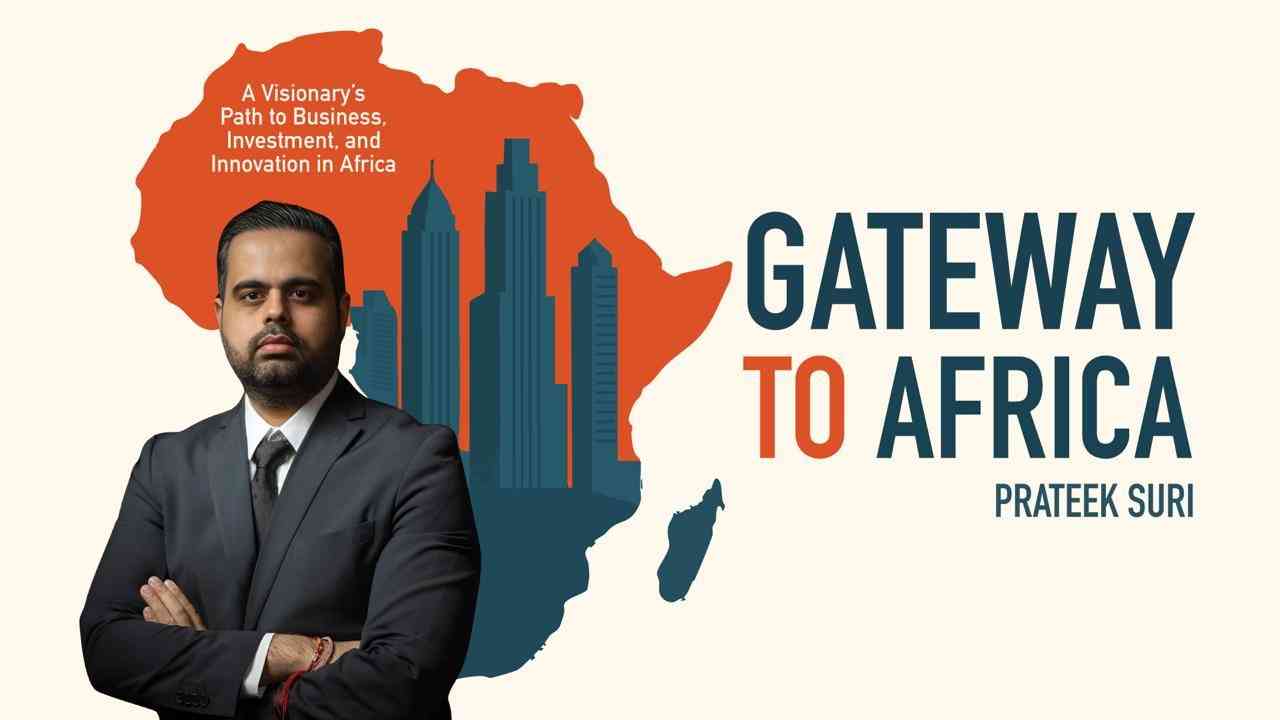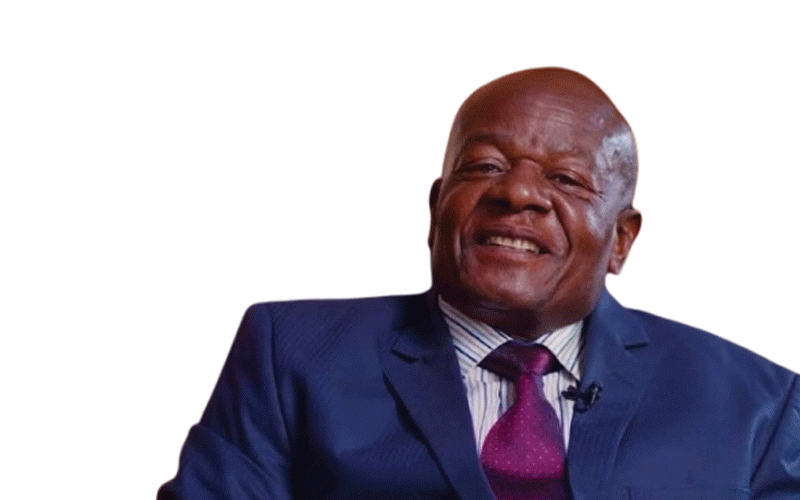
In much of the developing world, the future of the nation lies in the hands of its youth — particularly those in rural areas.
Globally, young people aged 15 to 24 make up 16% of the population, with nearly 90% of them living in developing countries.
This represents not only a demographic reality but a monumental opportunity.
Rural youth in Zimbabwe are a vital, yet often overlooked, resource in national development.
Prioritising them is not just a matter of social inclusion — it is a strategic economic imperative.
Young people are natural agents of change. Their adaptability, creativity, and familiarity with new technologies make them uniquely suited to drive innovation in areas such as agriculture, green technologies, and digital services.
When empowered, they can rejuvenate sectors that are critical to Zimbabwe’s economy, especially agriculture, which remains the backbone of rural livelihoods.
However, the promise of rural youth is often stifled by a myriad of barriers: limited access to quality education and training, lack of employment opportunities, scarce access to land and finance, and exclusion from decision-making processes.
- Councils defy govt fire tender directive
- Bulls to charge into Zimbabwe gold stocks
- Over 115 to exhibit at Mine Entra
- Bullets shoot down Chiefs
Keep Reading
These hurdles not only hinder their individual progress but also stifle the development of the communities and the nation as a whole.
The United Nations’ 2030 Agenda for Sustainable Development emphasises the importance of leaving no one behind. This includes young people, whose roles are fundamental across all 17 Sustainable Development Goals (SDGs).
From ending poverty to achieving food security and sustainable agriculture, youth must be at the center of the development conversation.
FAO recognises the importance of integrating youth into every aspect of rural development and food systems.
The organisation supports youth participation in rural transformation through inclusive policy development, employment generation in green economies, and promotion of access to resources such as land and financial services.
In Zimbabwe, where unemployment remains a pressing challenge — especially among the youth — adopting these strategies can turn rural areas into engines of economic growth.
A shift in focus toward creating youth-inclusive rural development policies is urgently needed.
A significant obstacle facing rural youth is the mismatch between education systems and labour market needs.
In many cases, rural schools are under-resourced, and technical or vocational training is either unavailable or out of sync with emerging market opportunities.
To address this, Zimbabwe must invest in youth-focused education that includes practical training in agriculture, agribusiness, digital literacy, and entrepreneurship.
Programmes that incorporate experiential learning, apprenticeships, and digital platforms can bridge this gap.
Furthermore, supporting institutions that train rural youth in climate-smart agriculture and sustainable farming methods can help build a new generation of resilient, tech-savvy farmers who are equipped to combat the growing challenges of climate change.
Another major hindrance for rural youth is their limited access to land, finance, and markets.
Land ownership laws and traditional customs often restrict youth — especially young women — from acquiring and managing land. Additionally, without collateral or financial literacy, many are excluded from credit schemes.
To break this cycle, Zimbabwe must establish youth-friendly financial products, subsidized credit lines, and land allocation systems that specifically target young agripreneurs. Government and private sector partnerships can also help by launching agribusiness incubators that provide mentorship, input support, and access to markets.
FAO has already laid a foundation by promoting rural services for youth, supporting access to inputs, and facilitating entry into markets.
These models can be adapted and scaled up across Zimbabwe’s provinces to enhance participation and productivity among rural youth.
While all rural youth face challenges, young women, persons with disabilities, and other marginalized groups endure additional layers of discrimination.
Unequal gender relations often restrict rural young women’s mobility, access to education, and financial independence.
Tailored interventions — such as women-focused training programs, safe community spaces, and affirmative action in land and credit allocation — are essential to ensuring that these young women can realize their full potential.
Furthermore, inclusivity must extend to Indigenous youth, migrants, and other vulnerable groups.
They too have roles to play in peace-building, innovation, and community resilience.
Their inclusion is not only ethical but strategic for fostering stability and long-term growth.
In fragile contexts — including areas recovering from political unrest, droughts, or economic shocks — young people are vital to building peace and resilience.
By creating spaces for them to engage in dialogue, express their challenges, and co-create solutions, Zimbabwe can foster a generation of responsible and visionary leaders.
Moreover, youth are already leading innovations in food systems, especially with the rise of digital technologies. From mobile-based weather forecasting to blockchain in agriculture supply chains, young people are best placed to spearhead the digital transformation of Zimbabwe’s agrifood sector.
A call to action
Investing in rural youth is not charity — it is smart economics. It is a recognition that Zimbabwe’s young rural population is not a burden, but a powerful asset waiting to be unleashed.
Governments, development partners, private sector actors, and communities must collaborate to create an enabling environment where rural youth can thrive.
This includes integrating youth into policy planning, investing in youth-centred education and training, improving access to land and finance, and building inclusive institutions that recognise the diverse experiences and challenges of rural young people.
The future of Zimbabwe depends on the decisions we make today.
By prioritising rural youth, we are laying the foundation for a more innovative, inclusive, and prosperous economy — one where every young person has the opportunity to contribute meaningfully to the nation’s growth and transformation.
One path leads to continued marginalisation and underdevelopment.
The other — powered by the energy, creativity, and resilience of rural youth — leads to shared prosperity. The choice is ours to make.
*Gary Gerald Mtombeni is a journalist based in Harare. He writes here in his personal capacity. For feedback Email [email protected]/ call — +263778861608











